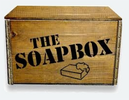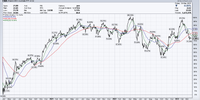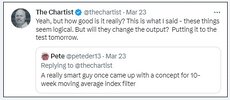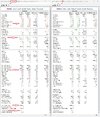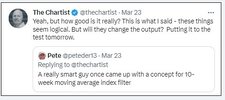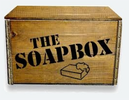- Joined
- 28 December 2013
- Posts
- 6,401
- Reactions
- 24,350
We must continue to learn
This highlights the importance of learning from our experiences, rather than being trapped in the same pattern of behaviour. By acknowledging that we have the power to change our actions & decisions, we can avoid the pitfalls of history & create a better, more profitable trading future.
To achieve good and consistent returns
It's crucial to use the right approach when trading. However, it's equally important to remain disciplined & focused, always keeping an eye out for new opportunities in the market. Success in trading requires ongoing learning & adaptation, as the markets are continually changing. We must be willing to learn from our mistakes, analyse market trends, & make informed decisions based on current information. Failure to do so leads you into doing more of the same.
Skate.
This highlights the importance of learning from our experiences, rather than being trapped in the same pattern of behaviour. By acknowledging that we have the power to change our actions & decisions, we can avoid the pitfalls of history & create a better, more profitable trading future.
To achieve good and consistent returns
It's crucial to use the right approach when trading. However, it's equally important to remain disciplined & focused, always keeping an eye out for new opportunities in the market. Success in trading requires ongoing learning & adaptation, as the markets are continually changing. We must be willing to learn from our mistakes, analyse market trends, & make informed decisions based on current information. Failure to do so leads you into doing more of the same.
Skate.

